|
The Oceanside Chamber of Commerce celebrates its 125th anniversary in 2021. Established in 1896, it is the oldest business in Oceanside. Over its long history, its role as a business and community advocate continues to be an important one.
by Kristi Hawthorne, Oceanside Living Magazine
During the Great Depression, President Franklin D. Roosevelt established a works program in 1935 to help millions of unemployed Americans by creating building projects to provide jobs. The Works Progress Administration (or Works Projects Administration) was commonly known as the WPA. Throughout the U.S. these jobs put over 8 million people to work by building 650,000 miles of roads, thousands of parks and bridges, hundreds of airports, and over 100,000 public buildings. In addition, The Federal Arts Project employed artists to create public art. In Oceanside the WPA was responsible for building Oceanside’s first permanent Post Office building in 1935. This historic building also contains two projects commissioned by the Treasury Section of Fine Arts, which like the Federal Arts Project, provided murals and other art forms to decorate public buildings. A beautiful 16' x 6' mural of the San Luis Rey Valley and its Mission, entitled “Air Mail” by Elise Seeds hangs in the lobby. A carved wooden eagle and grille over the front entrance was done by Stuart Holmes. by Kristi Hawthorne, Oceanside Living Magazine The “Antoinette W” is a familiar site in the Oceanside Harbor and its iconic turquoise and blue colors set it apart from the other boats. Built in 1978, in San Pedro, it was named after the original owner’s grandmother. Asked about changing the name of the “Antoinette W”, owner James Gardner said he only briefly contemplated it but never did because it’s considered bad luck. Gardner, a commercial fisherman, bought the boat, built as an albacore trawler, in 1985. He soon after converted it to haul live bait. In 1990 Gardner signed on as the lessee of the Oceanside Bait Company at the Harbor and brought the Antoinette to Oceanside. Along with a crew of three, he fishes up and down the coast between La Jolla and Dana Point. He supplies the bait to the bait company, which in turns provides live bait to Helgren’s Sportfishing and the general public. by Kristi Hawthorne, Oceanside Living Magazine 2016
Trees are an important part of any city, enhancing it with beauty and adding color, providing needed shade, as well as providing a habitat for wildlife. In 1884, Oceanside’s Founder Andrew Jackson Myers, began planting “wattle and blue gum trees on the avenues in Oceanside”. These trees are more commonly known as acacia and eucalyptus. Other early popular tree varieties included cypress and pine, which after a few years became “a nuisance, damaging sewers, sidewalks and the streets.” Palm trees lined Hill Street (now Coast Highway) as early as the 1890s and as Oceanside developed, its citizens continued to plant trees along its streets and avenues. In 1896 the newspaper reported that 155 palms were planted along with 200 pepper trees, 175 cypress, 275 pines and 420 sugar gums. by Kristi Hawthorne, from Oceanside Living Magazine
Oceanside has its own share of myths or urban legends that get passed around and soon become truth in the minds of many. Some of these are funny, minute details of Oceanside that never happened or in fact happened but are exaggerated. We take a look at just a few of those, along with some that might have happened. The Oceanside Pier was once a mile long. Exaggerated. None of Oceanside’s six piers have ever been a mile long. Many locals will recall that the “old pier” (the previous pier) was either “a mile long” or “longer than the present pier”. A mile is 5,280 feet long. The old pier was 1,941 feet long and today’s pier (built in 1987) is 1,942 feet long. by Kristi Hawthorne, from Oceanside Living Magazine
As Oceanside has developed over the years, we have acquired an eclectic array of structures which have been built over different time periods and that represent a variety of architecture styles. However, with time and neglect, once impressive buildings can lose their luster or when left vacant turn to eyesores. The general consensus may lean toward demolition but when a building can be repurposed, our downtown can maintain its history and character. by Kristi Hawthorne, Oceanside Living Magazine
Situated behind the Oceanside High School, on a corner at Division and Center Streets, sits a unique domed building. Built by renowned architect Irving J. Gill, the Americanization School in the Crown Heights neighborhood is a true gem. Gill designed a total of 5 buildings in Oceanside, 4 of which remain. The Americanization School is the most distinctive with both Art Deco and Islamic influences. Along with its architectural significance, it is also important historically and culturally. It represents a period of a time when immigrants who did not speak English were being “Americanized.” The school was almost entirely made up of Mexican children who were immersed in the English language. By Kristi Hawthorne, Oceanside Living Magazine
The common name for the neighborhood east of Interstate 5 and north of Mission Avenue is “Eastside.” Today this would puzzle many people because Oceanside city limits go much farther east than the Eastside neighborhood. However, after the turn of the century when the area was being developed and populated, this neighborhood was near the most eastern city limits. Families from Mexico who came to Oceanside in the 1910s and 1920s settled in Eastside, which included the subdivisions of Mingus & Overman, Reece, Spencer, Higgins & Puls. Most of the early residents were laborers who worked in the fields of the San Luis Rey Valley and the Rancho Santa Margarita (now Camp Pendleton). By Kierstin Hill
Throwback Thursday – Jack Taylor’s Oceanic Café! Check out this great photo for this edition of the Oceanside Chamber’s “Throwback Thursday!” The Oceanside Historical Society has agreed to let the Chamber use their photos. If you like any of the Throwback Thursday photos you see, please contact the Historical Society to purchase prints. They have a whole archive of historical photos for sale. The Oceanic Cafe was located at 207 North Hill Street. That is present day the 200 block of North Coast Highway (on the west side) and right in between Mission Ave and Pier View Way. This photo was taken circa 1925 and operated in early years by a man named Jack Taylor. The Oceanic Café was home to many regularly scheduled business and rotary meetings. In 1923 this cafe was the regular meeting place of the Oceanside Chamber of Commerce, which of course is close to home for us! As always, we use these photos courtesy of the Oceanside Historical Society. By Kierstin Hill
Oceanside has celebrated with parades for over 125 years, including Independence Day, a Christmas parade and even Freedom Parades in honor of our military. The parade routes have changed during the decades. Early processions marched along North Cleveland Street and later started at the train depot and traveled east up Second Street (now Mission Avenue). Other routes included Third Street (Pier View Way) and for several years the parades would travel all the way downtown to the Pier Bandshell. This year the parade will start from Wisconsin St and Coast Highway (right next to the 101 Cafe) at 10 am. The route will take the parade north on Coast Highway, towards the Oceanside Civic Center. Can't make it down to the parade to see it in person? KOCT will be airing it live on channel 18! This photo was taken around the turn of the century. Talk about tradition of parades here in Oceanside! Photo courtesy of the Oceanside Historical Society. More about the history of Oceanside here. By Kristi Hawthorne
In 1955 two young Oceanside brothers, purchased 300 acres of undeveloped land in the San Luis Rey River Valley, near the old Oceanside Airport, with the vision of building an industrial park that would attract light manufacturing and industry to help the small community of Oceanside grow. The brothers, described in a 1955 edition of the Oceanside Blade Tribune, as "young, aggressive, college-bred men who have chosen manufacturing and light industrial development for their life work," would overcome many challenges to turn their dream into what would become Oceanside Industrial Park - birthplace of such well known businesses as Ocean Pacific Clothing, Rip Curl Wetsuits, Tracker Skateboards, Morey Boogie Boards, Custom X Body Boards, Transworld Publication's Skateboard, Surfing and Snowboard Magazines and Chachies Salsa. By Kristi Hawthorn
Oceanside’s love affair with its pier began 125 years ago when the first piling was driven into the sand at the end of Couts Street. You won’t find Couts Street on any map, but it’s there--the name was changed back in 1927 to Wisconsin Street. The remnants of that first pier are still there, occasionally making a rare appearance during minus tides and low sand levels. In 2012 several pilings were exposed for a brief few days, which had not been seen for over 20 years. By Kristi Hawthorne
The Oceanside Chamber of Commerce was established in 1896 and its impact for over 110 years has played an important role in the promotion, tourism and business development of our city. Reading through the roll call of past presidents is walking along a historic timeline and a virtual listing of the movers and shakers in the community and those who helped to build and shape Oceanside and promote it a variety of ways. The Oceanside Chamber worked in conjunction with the City Council (or City Trustees as they were called years ago). It was involved in everything from life-saving equipment on the beach, to tree planting, to rebuilding each new pier, beautification of the city, to cemetery upkeep, putting on parades, fireworks and beauty contests, along with catchy slogans promoting the city. By Kristi Hawthorne
Oceanside began its 75th year with expectation but the 1960's were not only a time of growth, but a time of change that few could anticipate. With the opening of a new Small Craft Harbor in 1963 residents were delighted and proud of this new recreational location which drew thousands of visitors. Harbor Days became an annual event that at one time featured fireworks, log rolling and bath tub races. By Kristi Hawthorne
As Oceanside turned 50 years old, it was reaching new heights in development and growth. The headline in the January 6, 1938 Oceanside Blade Tribune read “Around $85,000 In New Building Under Way Here.” Project included construction of a new wing at the Oceanside-Carlsbad High School, several new houses and two “cottage courts” being erected, improvements to the Oceanside Beach (formerly the El San Luis Rey), and additions to the lumber yard. Our growing city was in need of a new modern hospital and construction work on a new $16,000 hospital began in February of 1938. The contract was awarded to local builder Charles Rieke with the building to be completed by May 1st. By Kristi Hawthorne
Oceanside embarked on its next 25 years with determination and enthusiasm. Building is always a sign of progress for any town and the next two decades would not disappoint. Will Scott opened Oceanside’s first theater, the Elysium on Second Street in 1913. His popular barbershop shared the same building. The first film to be shown was the “Battle of Gettysburg” while the Oceanside Band performed. The newspaper reported that the Elysium was “indicative of the new spirit that has taken hold here, and which is certain to lead to greater and better things in the way of material and artistic development.” By Kristi Hawthorne
The City of Oceanside incorporated on July 3, 1888 but our history dates back years further and was founded by Andrew Jackson Myers, who settled in the San Luis Rey valley in the late 1870's. Myers applied for and received a homestead grant for land which is now downtown Oceanside. In the early 1880s a railroad line was being built that would connect Los Angeles to San Diego. The trains would travel directly over Myers’ new land grant making his property very valuable. In 1883 Cave Johnson Couts, Jr. surveyed and helped to map out a townsite and John Chauncey Hayes sold the new town lots through his land office which was located on North Cleveland Street, near Second Street (Mission Avenue). Hayes farmed in the San Luis Rey valley, served as Justice of the Peace and was the first mail contractor between San Diego and San Bernardino as well as postmaster at San Luis Rey. Hayes wrote the petition for the town's first post office, which listed the name as two words: "Ocean Side". By Kristi Hawthorne
The San Luis Rey Mission celebrated its 215th anniversary in 2013, being formally dedicated June 13, 1798. The Mission was founded by Fathers Lasuen, Santiago and Peyri, under the leadership of Fray Junipero Serra. The task of building the mission was delegated to Fr. Antonio Peyri. Named Mission San Luis Rey de Francia, it was known as the "King of the Missions" because of its size and the land it occupied. The Mission building was a large structure and encompassed over six acres, surrounded by 200,000 acres. The location has a commanding view and was called by the Indians "Icayme," which means "fairview." Camp Pendleton is situated just north of Oceanside, CA on a Spanish land grant, the Rancho Santa Margarita y Las Flores. With the passage of the Second War Powers Act on March 27, 1942, the transformation of the Rancho into the world’s largest Marine Corps Base was initiated. In addition to a colorful history, the Marine Corps acquired three mountain ranges, five lakes, 250 miles of road, and 20 miles of beach.
Camp Pendleton was dedicated September 25, 1942 under the command of General Joseph Fegan. Camp Pendleton was named after the late Marine Major General Joseph H. Pendleton, an illustrious figure in early California military development. His widow was present and raised the flags during the ceremonies. President Franklin D. Roosevelt was also present during the ceremonies and toured the old ranch house during his visit and took great interest in the history and its preservation, which is a California Historical Landmark and listed on the National Register of Historic Places. As Oceanside embarked on its second century, 1988 brought a new wave of optimism and excitement as the downtown area was being transformed through redevelopment. There was a new interest in the history of the city and a renewed sense of pride. Mayor Larry Bagley wrote, “I am excited and optimistic about the future of our city. God has given us the land and the water and the climate, and I have confidence that the people of Oceanside are able and willing to fulfill the promise of our city.”
Oceanside geared up to celebrate its Centennial on July 3, 1988 with several events being planned throughout the year. A "Centennial House" designed by Ken Chriss, was built on a vacant lot on Pacific Street and raffled off. (After the winner was announced it was moved to location on South Clementine Street where it remains.) Commemorative plates, buttons, and coins were sold with the official Centennial logo. For $25 residents could have their name engraved on the new pier, with funds going to the Centennial Foundation. |
Categories
All
Archives
December 2023
|
|
|
|
|

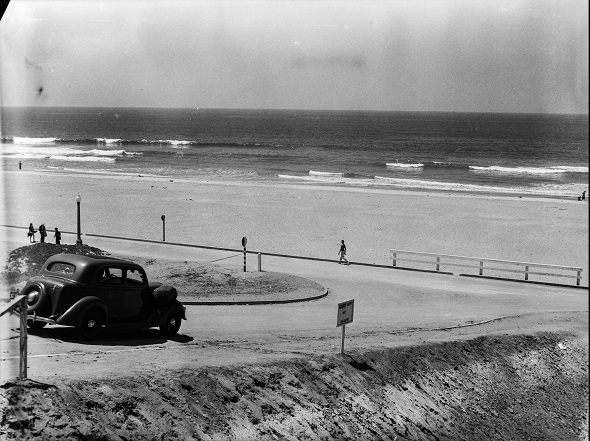
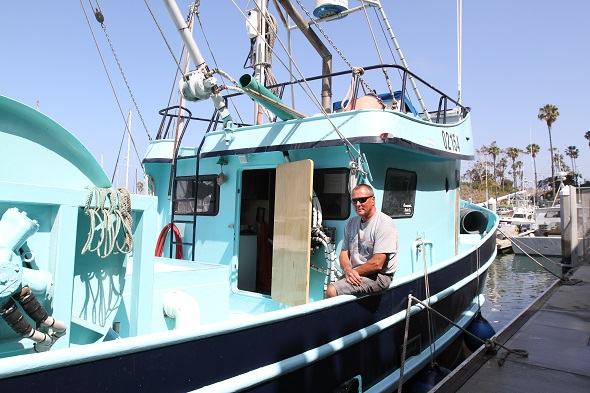
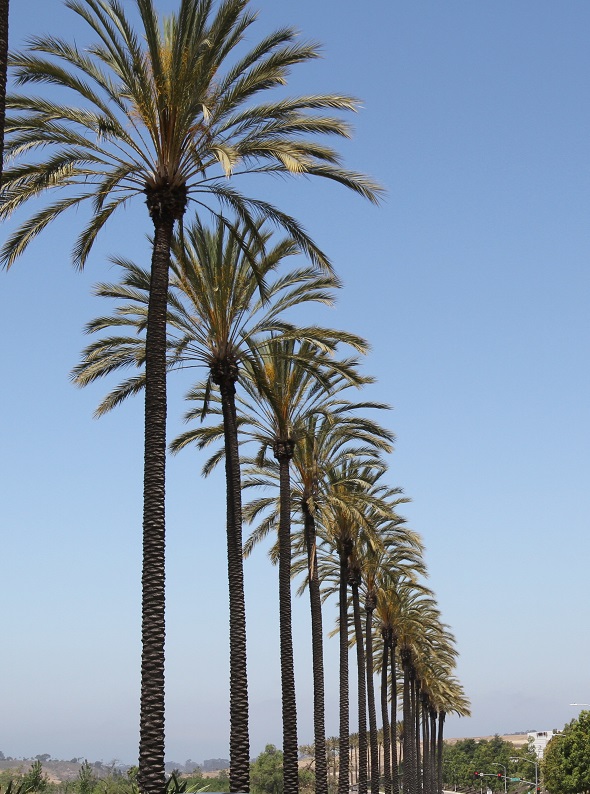
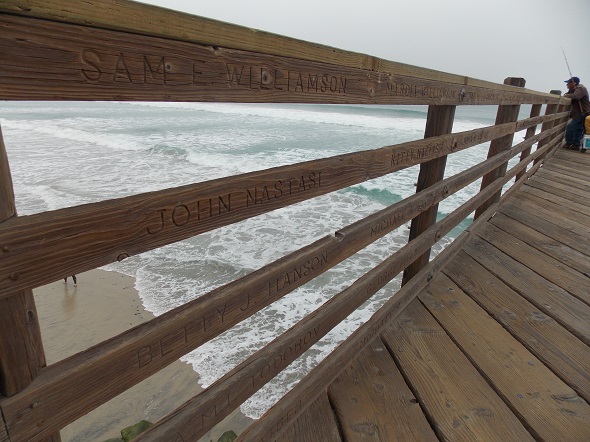
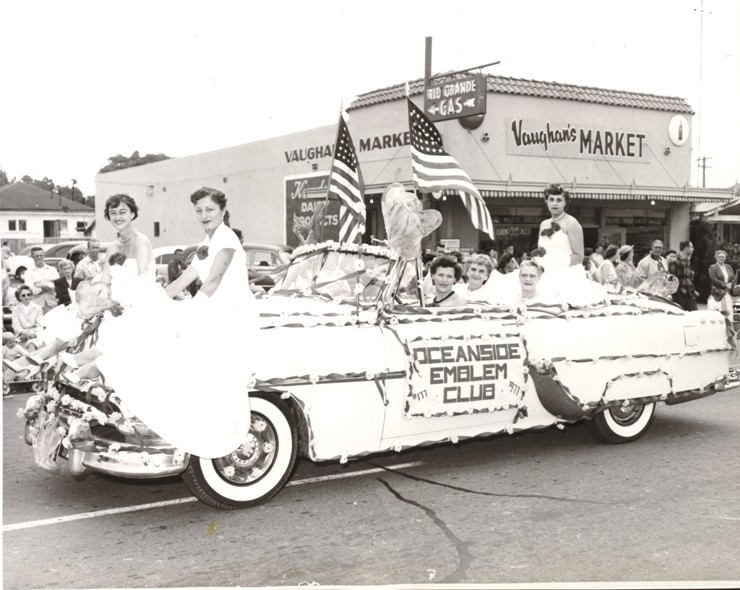
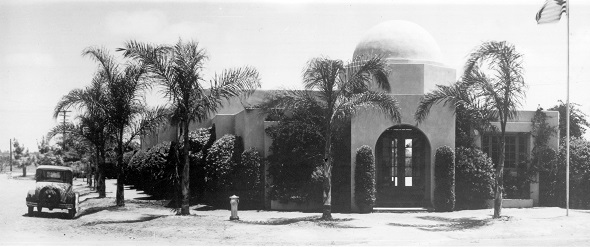
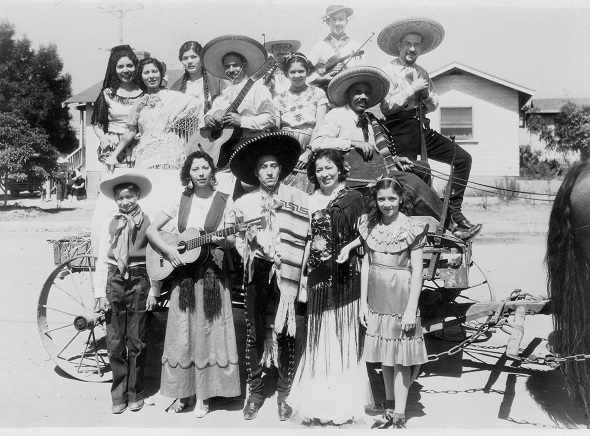
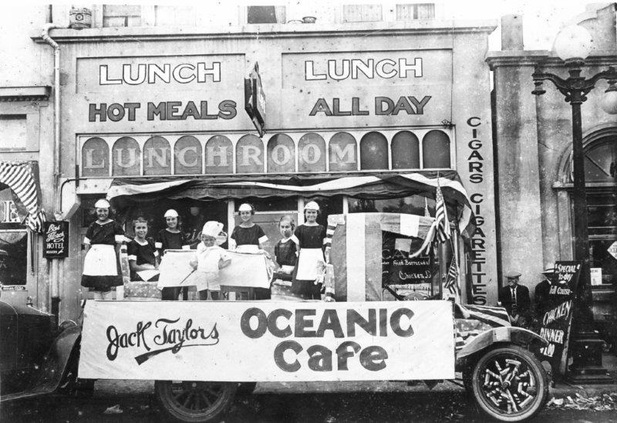
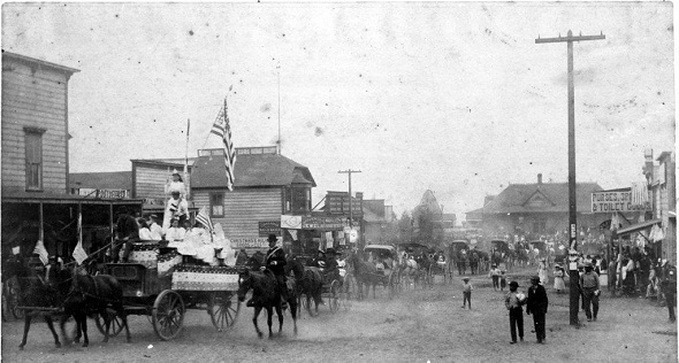
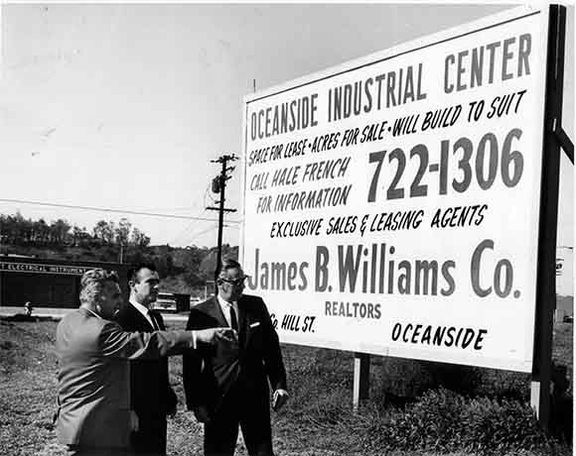
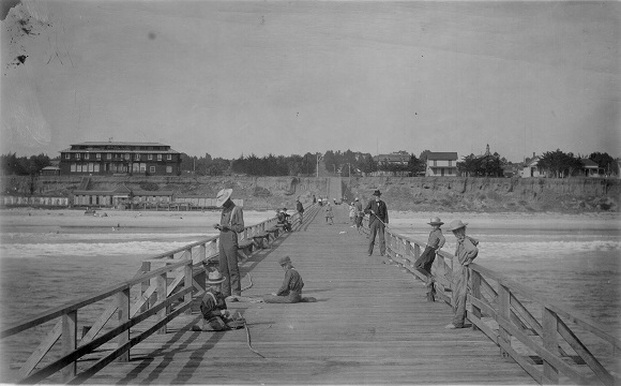
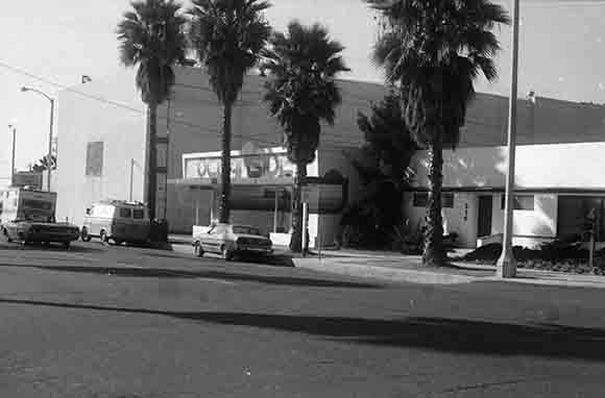
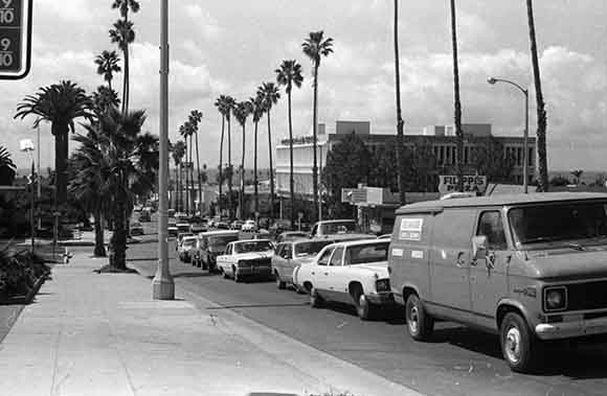
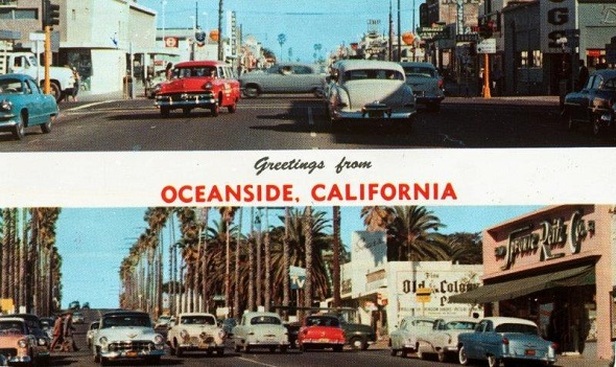
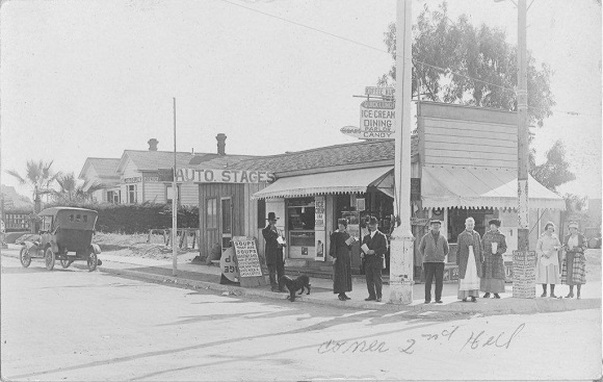
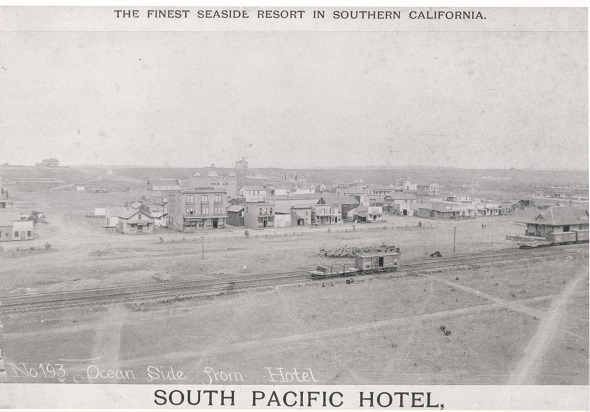
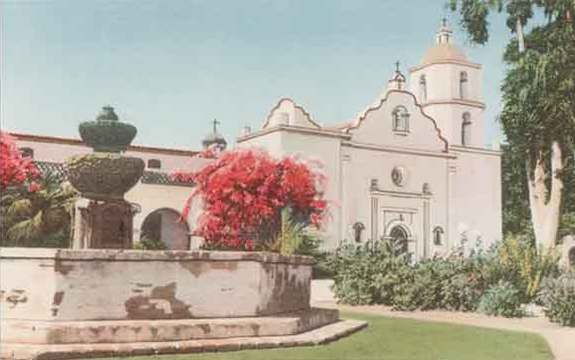
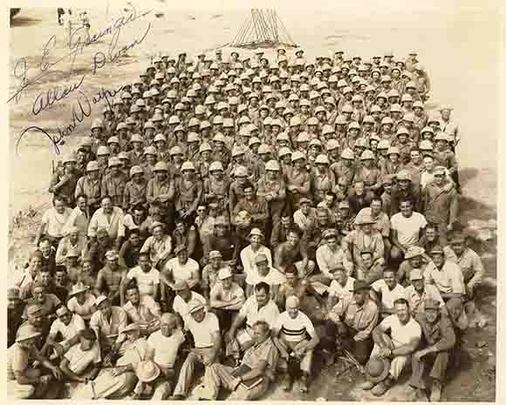
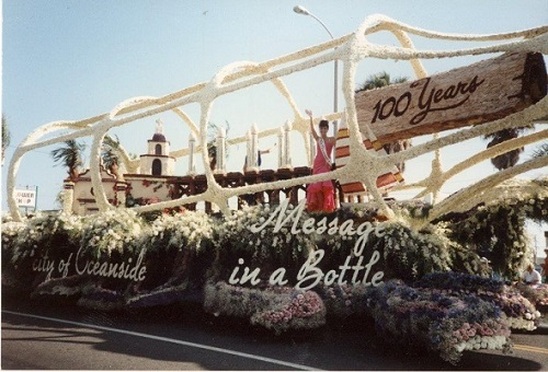
 RSS Feed
RSS Feed
